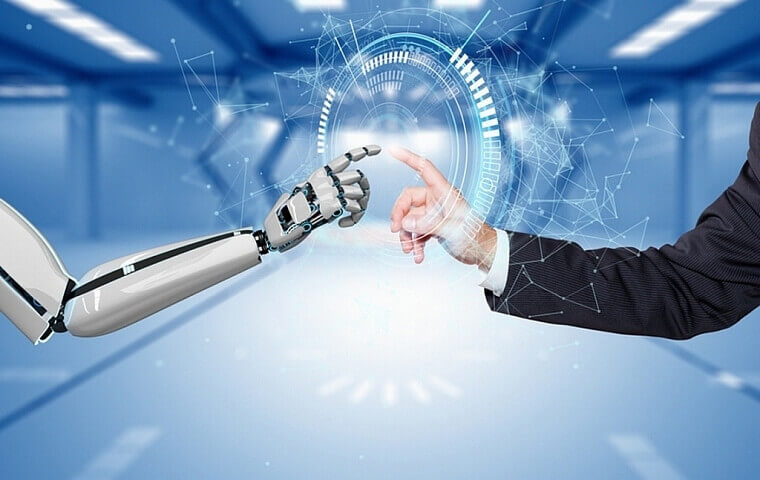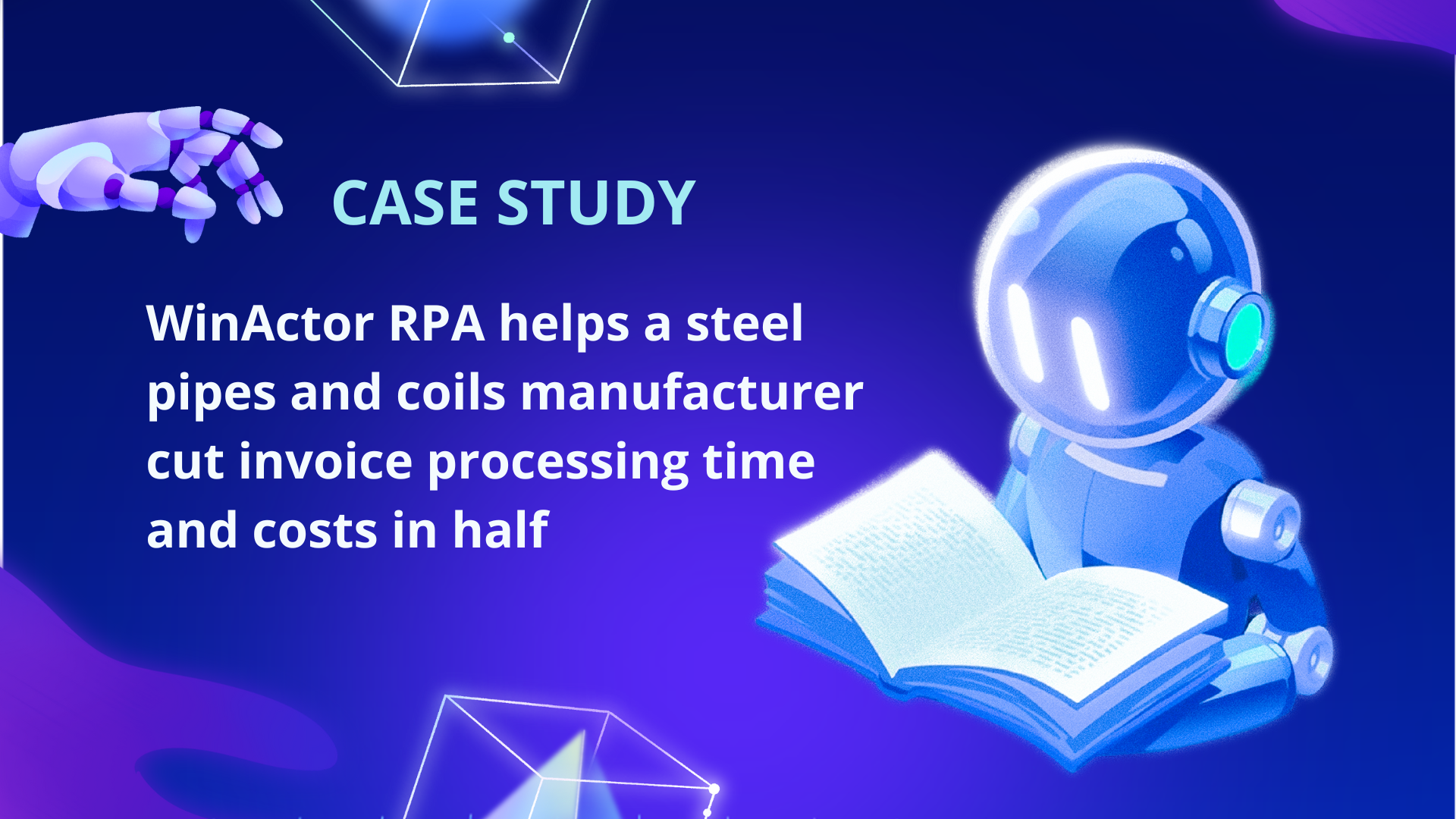Quite a few businesses struggle with the question: “What is the difference between traditional automation and RPA software robots?” In essence, both help your system to automate the process. But in reality, RPA and traditional automation have obvious differences. We can go over four key differences: Technology, software limitations, Turnaround time, and Customization. The following article of WinActor will help you have a better overview of these two models and how to use them effectively.
What is RPA?
RPA is also known as a process automation robot. Its full name is Robotic Process Automation. Currently, RPA is taking on the position of performing repetitive tasks with fixed logic at the enterprise. Now, employees will not have to do boring jobs. Robots will replace us to complete them most efficiently and accurately.
Since RPA are software robots, they operate entirely on computers. All operations of automatic robots are pre-programmed by humans. In addition, the robot’s operating mechanism is quite simple. This is a big plus of RPA because most of the program installers for it are office workers. They are all non-IT professionals.
The advantages of RPA are workability, accuracy, and scalability. This robot has unlimited working time, and it can work 24 hours continuously without rest. Because RPA is not affected by human emotions and words, it can always concentrate with absolute accuracy. In addition, Robotic Process Automation has optimal scalability. This technology allows users to integrate several other technologies to improve and innovate business automation processes.
Read more: What is Robotic Process Automation RPA?
The difference between RPA and traditional automation
What is traditional automation?
Traditional automation is the automation of any kind of repetitive work. It is commonly found in enterprise production lines: screen scraping, part assembly, etc. Meanwhile, it also requires application integration at the database or facility matter. This work can take months to complete.
What is the difference between RPA and traditional automation?
To talk about the difference between RPA and traditional automation, we divide it into 5 parts:
Technology
- Software limitations
- Turnaround time
- Customization
- Cost Efficiency
- Technology
Traditional automation works mainly on APIs, programming, and some other integrated methods. RPA is different, and it replicates user actions at the user interface (UI) level. Best of all, Automated Robots can work on systems without APIs or legacy. This is a big plus of RPA compared to traditional automation.
Software limitations
Because automation requires you to have an understanding of programming-related knowledge. So for some businesses, when they do not have an IT staff to program the system, it is extremely difficult to apply traditional automation. Here are some reasons that traditional automation might not be an option for you:
- Legacy processes are not designed and built for integration, do not have APIs to retrieve and exchange data between applications.
- Without the source code with the software, users have limited options to customize the application.
- Requires a high level of expertise, so skilled developers will not be available to work on legacy systems in some cases.
But RPA is different because it works on the user interface (UI) it will not have the above restrictions. Automated robots can be installed easily without the need for high-tech programmers. Therefore, in terms of Software limitations, RPA is the ideal choice for you.
Turnaround time
Applying RPA to your business can take just a few weeks to get the job done. But with traditional automation, it will take months to deploy.
For example, Robotic Process Automation can provide payroll data by extracting data from word documents without requiring integration. Traditional automation needs to integrate with some other tools to extract data. That proves RPA’s reach is better than conventional automation.
Customization
The next difference between RPA and Traditional automation is Customization. Automated robots can work on systems without APIs, but traditional automation cannot. That allows users to create RPA bots to meet specific needs. Automated robots can be combined with applications (ERP, CRM, Email, calendar) to synchronize information and generate automatic responses. From here, you can see that RPA is dominating traditional automation in terms of customization.
Cost Efficiency
Robotic Process Automation helps businesses solve boring, repetitive tasks. In particular, it can effectively replace human working with absolute precision. Thus, employees will be liberated, moving to more valuable creative work. From there, businesses can make the most of their employees’ resources and deliver the ideal ROI.
If we compare the investment costs of RPA and traditional automation in this area, there will be a difference. At first, the investment cost of RPA may be more expensive than conventional automation. But in the long run, this number will tend to be the opposite of traditional automation which will cost more than RPA.

RPA vs traditional automation: When to use what?
Many people ask the question: “Can we replace RPA for Traditional Automation?” The answer is not possible. Because traditional automation still has its niche applications. For example, when you need to transfer a huge amount of data between systems, traditional automation will help you deliver it quickly.
When is RPA better than traditional automation? When businesses need to automate a certain process in their entire work system: invoice processing, order creation, data access. For these jobs, companies can rely on the assistance of automated robots. Because RPA works on the user interface (UI), it is considered a “software virtual assistant” that helps people do desk jobs quickly. In addition, RPA has flexible working time, and it can work 24 hours continuously. Therefore, the use of automated robots is completely reasonable.
Hopefully, through the article, you can distinguish the difference between traditional automation and process automation robots. While both of these solutions help optimize the process, each technology will be suitable for a different field in terms of efficiency. So, to answer the question “Which is better, RPA or traditional automation?”, it might be very difficult.
In short, before you want to apply technology to your process, you should thoroughly understand whether the solution is right for your business. At that time, you will make wise choices to help your business system work more efficiently and optimally.
Read more: What is the difference between RPA and BPM?

WinActor is an RPA software solution by NTT DATA Corporation to help businesses master technology, create breakthroughs in the digital age 4.0.




